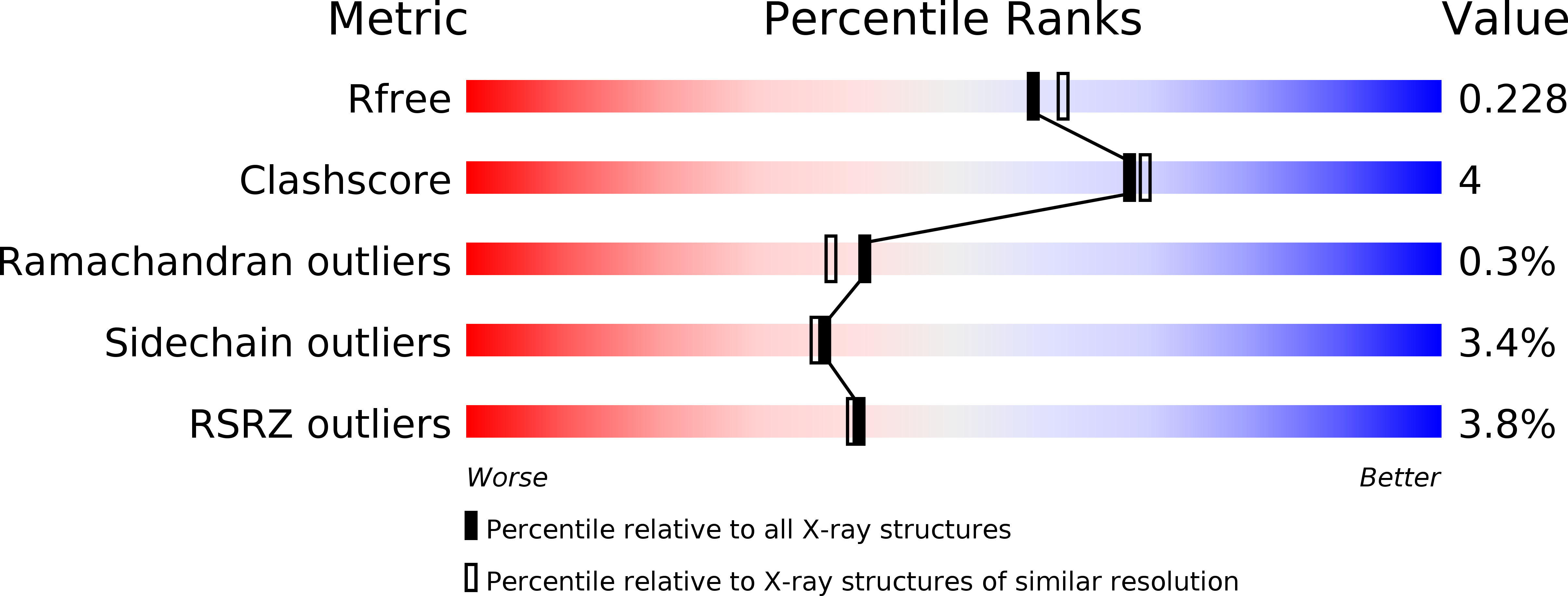
Deposition Date
2005-01-10
Release Date
2006-01-10
Last Version Date
2024-02-14
Entry Detail
Biological Source:
Source Organism:
Aggregatibacter actinomycetemcomitans (Taxon ID: 714)
Host Organism:
Method Details:
Experimental Method:
Resolution:
2.00 Å
R-Value Free:
0.21
R-Value Work:
0.15
R-Value Observed:
0.15
Space Group:
C 2 2 21


